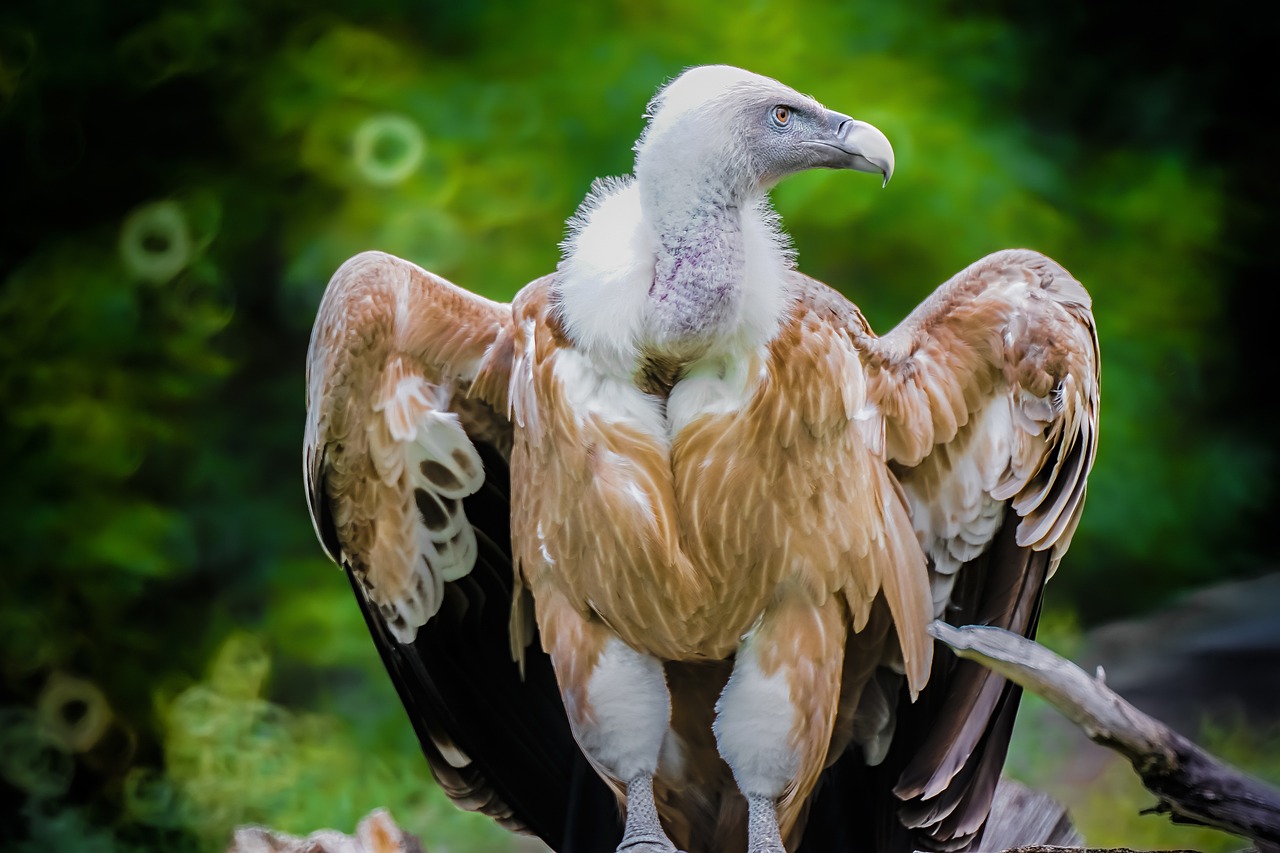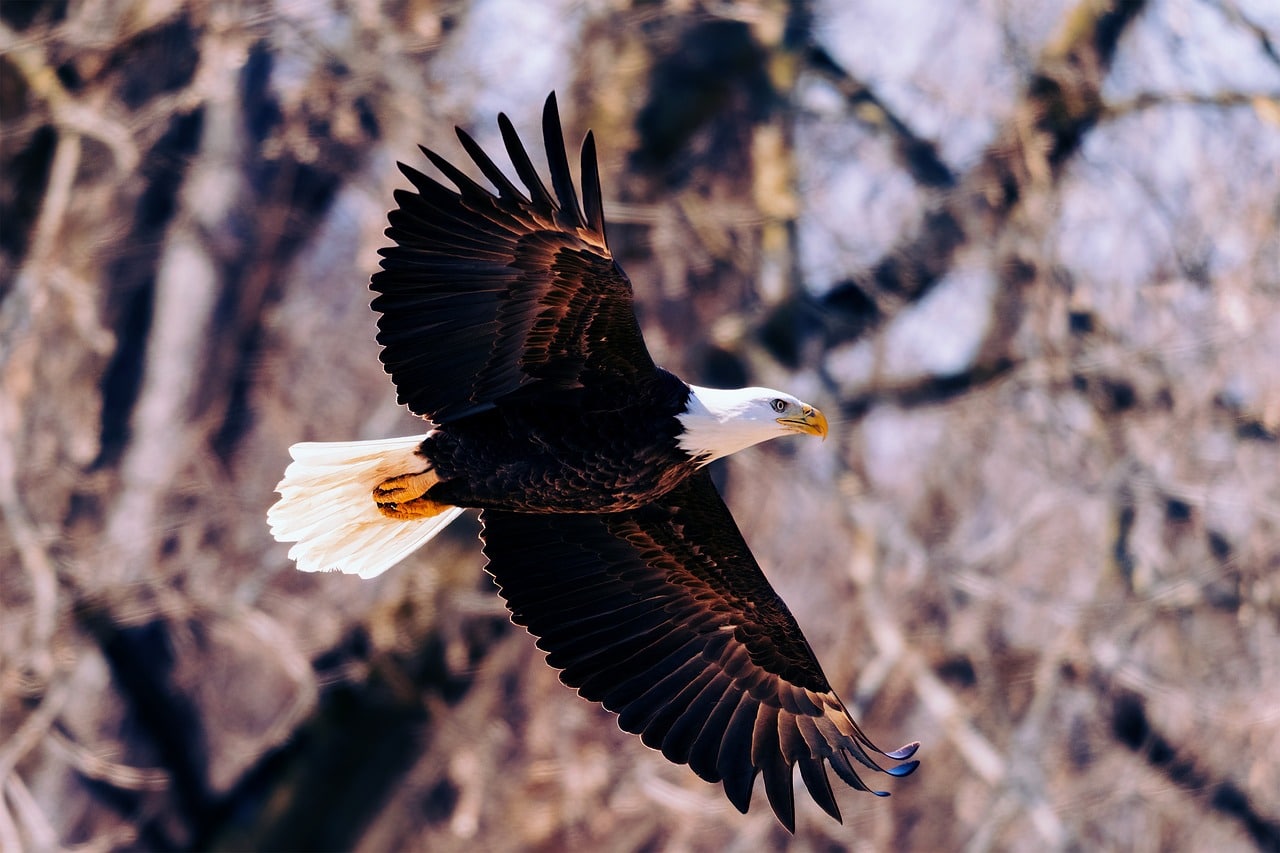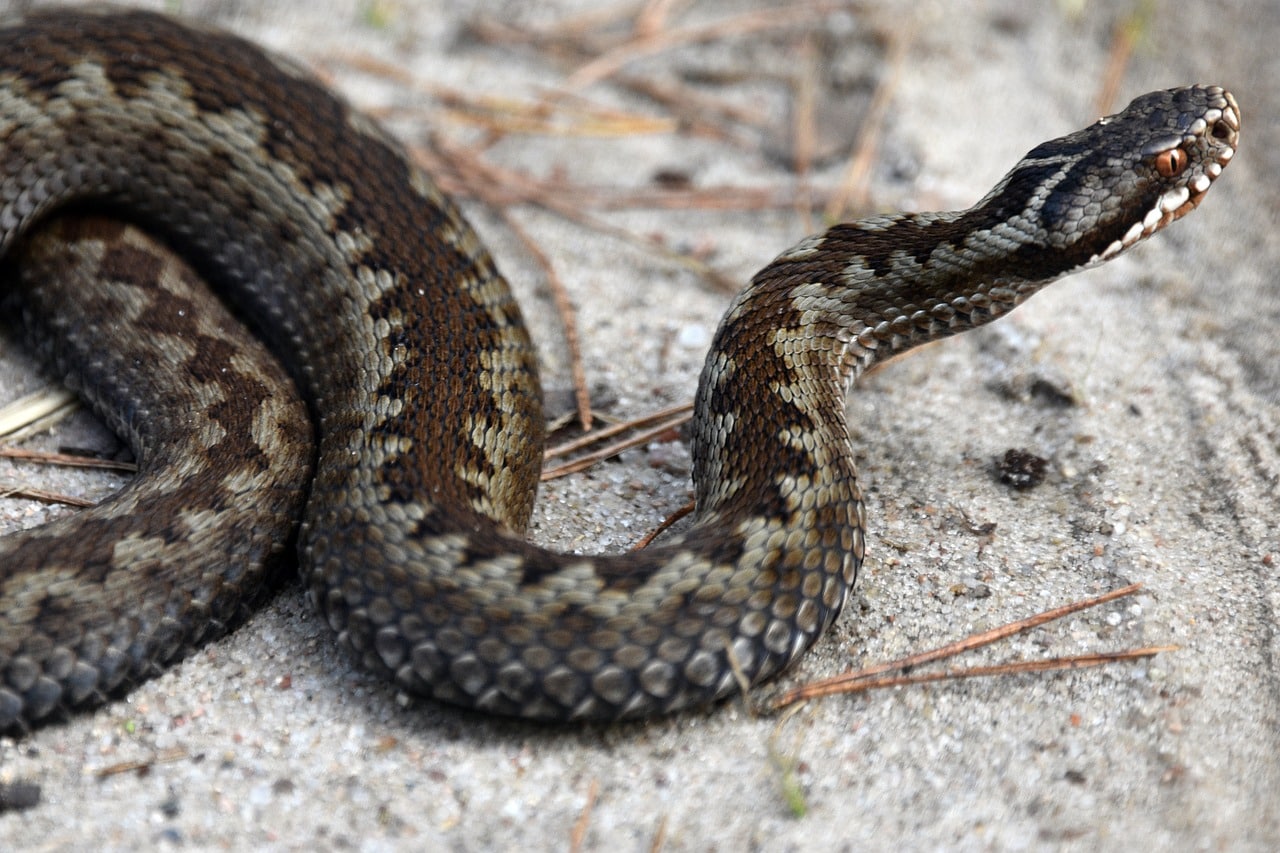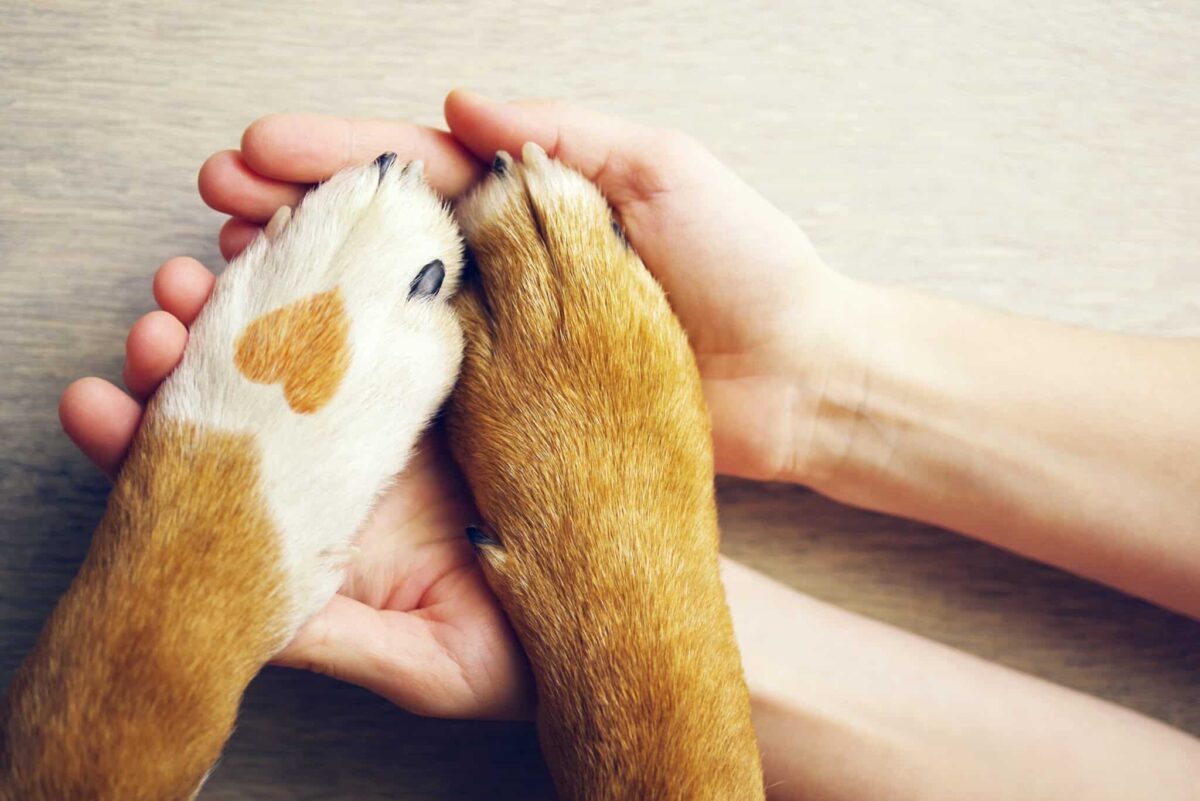 Shutterstock
Shutterstock
From ancient folklore to modern pop culture, mythical creatures have long captivated human imagination. Many of these creatures, though seemingly fantastical, were actually inspired by real animals. Whether through ancient stories or misinterpretations of rare species, these creatures often blur the lines between reality and myth. In many cases, the discovery of unusual creatures or fossils led ancient cultures to invent elaborate tales. These stories blended the known with the unknown, grounding some of the most famous mythical beasts in real, though often misunderstood, animals.
Griffin
 Shutterstock
Shutterstock
Griffin is a legendary creature with the body of a lion and the head and wings of an eagle. The origins of the Griffin likely stem from the discovery of large eagle fossils or sightings of creatures like the griffon vulture. These massive birds, with their impressive wingspans and sharp beaks, may have sparked the imagination of ancient civilizations, leading to the idea of a creature that combines the lion’s strength and the eagle’s majesty. Over time, the Griffin became a powerful symbol of guardianship and protection across many cultures, further cementing its mythical status.
Kraken
 Shutterstock
Shutterstock
A kraken is a sea monster often described as a giant octopus or squid that terrorizes sailors. The legend of the Kraken likely originated from sightings of real animals like the giant squid, which can grow to extraordinary sizes. These elusive creatures were rarely seen and often only discovered after washing up on shores, fueling tales of monsters lurking beneath the waves. The giant squid’s mystery, along with its ability to reach enormous proportions, likely inspired the Kraken’s terrifying reputation in maritime folklore.
Unicorn
 Shutterstock
Shutterstock
Unicorn, a horse-like creature with a single horn protruding from its forehead, is one of the most enduring mythical beings. The unicorn’s origins are likely linked to real animals, such as the oryx, an antelope with long, straight horns. When seen from a distance, the two horns of the oryx might appear as one, creating the illusion of a single horn. Additionally, the narwhal’s tusk, often mistaken for a horn, may have contributed to the belief in unicorns, symbolizing purity and grace across various cultures.
Dragon
 Shutterstock
Shutterstock
Dragons are some of the most widely known mythical creatures, often depicted as massive, fire-breathing reptiles. Their origin is likely tied to the discovery of dinosaur fossils, particularly large, ancient reptiles like crocodiles and serpents. In ancient times, people would find large bones or skulls and interpret them as the remains of dragons, fueling their legends. Dragons may also have been inspired by real animals such as the Komodo dragon, whose size and intimidating nature made it a prime candidate for mythological interpretation.
Werewolf
 Shutterstock
Shutterstock
A werewolf is a terrifying creature that transforms from a human into a wolf-like beast during the full moon. This myth likely grew from the fear and fascination with wolves, as well as the idea of transformation in nature. In medieval Europe, cases of rabies or hypertrichosis (a condition causing excessive hair growth) could have been mistaken for werewolf transformations. Wolves were already feared for their predatory behavior, and such real phenomena may have inspired the myth of a creature capable of changing from man to beast.
Manticore
 Shutterstock
Shutterstock
Manticore is a mythical creature with the body of a lion, the face of a man, and a tail that ends in deadly spines or a scorpion’s stinger. This legend likely came from real animals, such as lions and tigers, but its human-like face might have been inspired by misidentifications of deformed or unusual faces of animals. The tail, which is often described as venomous, may have been inspired by scorpions or other dangerous creatures with lethal stingers. The Manticore embodied a terrifying combination of strength and intelligence, symbolizing the fear of powerful predators in ancient Persia.
Yeti
 Shutterstock
Shutterstock
Yeti, or the “Abominable Snowman,” is an ape-like creature believed to live in the Himalayan mountains. The Yeti myth likely originated from sightings of real animals like the Himalayan brown bear or langur monkeys, which may have seemed more ape-like to those unfamiliar with these species. The remote, harsh conditions of the Himalayas could have led to exaggerations of these animals, creating the legend of a larger, more terrifying beast. Over time, the Yeti became a central figure in folklore, fueled by reports from explorers and adventurers claiming to have encountered the creature.
Thunderbird
 Shutterstock
Shutterstock
Thunderbird is a legendary bird from Native American mythology, often depicted as a giant, powerful creature capable of controlling thunderstorms. Its origins are likely based on real large birds, such as the California condor or bald eagle, whose size and power could have inspired the myth. These majestic birds’ wingspans and impressive flight capabilities made them seem supernatural in ancient cultures. The Thunderbird came to symbolize strength, protection, and the power to manipulate the forces of nature in many Native American beliefs.
Loch Ness Monster
 Shutterstock
Shutterstock
Loch Ness Monster, affectionately known as “Nessie,” is a legendary creature said to inhabit Loch Ness in Scotland. Nessie is often described as a serpentine creature with a long neck and humps, but its origins may be linked to real animals like the giant eel or sturgeon. These creatures, which inhabit the loch, could have been mistaken for something more monstrous, especially when seen in murky water. The 1934 “surgeon’s photo” of Nessie only fueled the myth, cementing its place in Scottish folklore as a mysterious and elusive creature.
Minotaur
 Shutterstock
Shutterstock
Minotaur, a half-man, half-bull creature from Greek mythology, is one of the most famous monsters of antiquity. The myth of the Minotaur likely originated from the ancient reverence for bulls and their association with strength and fertility. In ancient Crete, bulls played an important symbolic and ritualistic role, leading to the idea of a bull-headed monster. The labyrinth that imprisoned the Minotaur could symbolize the ancient need to contain and control powerful animals, reflecting the fear of these mighty creatures in ancient cultures.
Basilisk
 Shutterstock
Shutterstock
Basilisk is a legendary reptile with the power to kill with a single glance. The myth of the Basilisk likely emerged from reports of venomous snakes, such as cobras or vipers, whose deadly bites and intimidating stances could have inspired the idea of a creature with deadly powers. In medieval Europe, the Basilisk was often depicted as the “king of serpents,” capable of killing with its gaze. The terrifying reputation of these venomous snakes, coupled with their frightening appearance, could easily have contributed to the creation of the Basilisk myth.
Hydra
 Shutterstock
Shutterstock
Hydra is a multi-headed serpent-like creature from Greek mythology, feared for its ability to regenerate two heads for everyone that was cut off. The myth of the Hydra may have been inspired by real dangerous creatures like the water moccasin or Nile crocodile, which were known for their aggressive nature. The Hydra’s regenerative ability could have been inspired by real animals that could heal quickly, such as certain reptiles. In Greek mythology, Hydra became a symbol of the difficulty of overcoming seemingly impossible challenges, representing the unstoppable force of nature.
Chupacabra
 Shutterstock
Shutterstock
Chupacabra, or “goat-sucker,” is a creature from Latin American folklore known for allegedly draining the blood of livestock. While often described as reptilian or vampiric, its origins likely lie in real animals such as the coyote or wild dog. Many reported Chupacabra sightings coincide with the presence of animals suffering from mange, which causes hair loss and gives them a terrifying, alien-like appearance. These sickly animals, with their unusual and disturbing appearance, could have been misidentified as the Chupacabra, giving rise to the legend.
The Real Animals Behind Your Favorite Myths
 Shutterstock
Shutterstock
The line between myth and reality isn’t as clear as we might think. Many of the most famous creatures, once thought to be purely fictional, are actually exaggerated versions of real animals that once roamed the Earth. Ancient cultures, through the discovery of unusual fossils or sightings of strange creatures, blended fact with imagination, creating fantastical legends. So, the next time you hear about a mysterious creature, pause and wonder if it’s based on something real—maybe it’s just a very creative (and slightly terrifying) misinterpretation!

 16 hours ago
1
16 hours ago
1


















 English (US) ·
English (US) ·